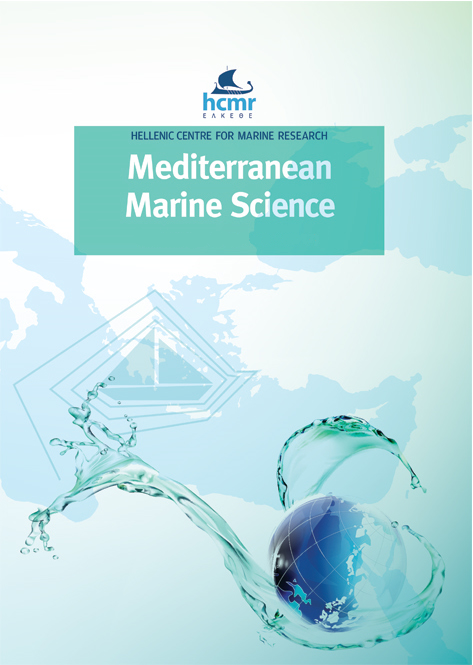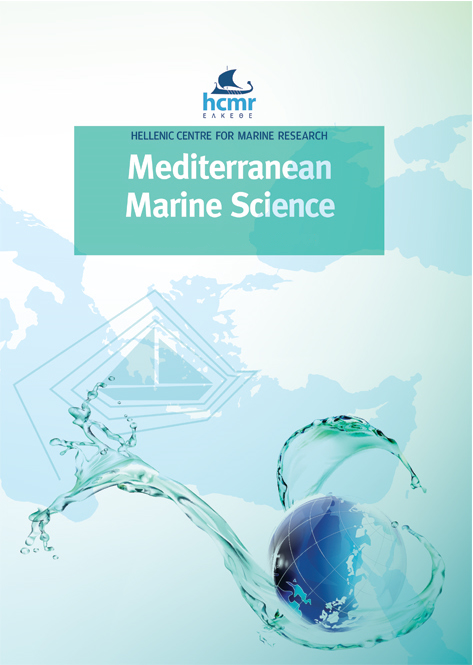Nest-mediated parental care in a marine fish: Are large-scale nesting habitats selected and do these habitats respond to small-scale requirements?
Résumé
Fishes have evolved various reproductive strategies including mechanisms that involve parental care and demersal eggs laid into nests. Symphodus ocellatus has a seasonal reproduction period during which large, dominant males become territorial and build nests with fragments of algae, where they attract females to spawn and provide care to the developing eggs. Based on the hypothesis that the S. ocellatus males choose the reproductive habitat based on some characteristics of the substrate, here we assessed whether, on a coastal area scale, the distribution of this species changes during the reproductive period because of the selection of some suitable sites or substrates, and whether the nesting microhabitat used by this species responding to certain requirements in relation to different characteristics. From April to September 2010, at four locations and on three substrate types, the fish were counted in three periods related to different stages of reproduction. Furthermore, several physical and biological variables have been recorded around numerous nests to select those with more recurrence. We found that S. ocellatus prefers to live on rocky substrates populated by photophilic algae, regardless of the phases of the reproductive cycle. We identified depth (1.7–3.2 m), the presence of a hole, a 10–20 cm algal canopy, and high algal coverage of Dyctiotales as nest requirements. S. ocellatus is mostly distributed in coastal sites sheltered from the action of waves. This allows the construction and maintenance of nests and the possibility to remain in a water temperature range similar to the reproductive physiological constraints.
Article Details
- Comment citer
-
SINOPOLI, M., CATTANO, C., CHEMELLO, R., TIMPANARO, A., MILISENDA, G., & GRISTINA, M. (2018). Nest-mediated parental care in a marine fish: Are large-scale nesting habitats selected and do these habitats respond to small-scale requirements?. Mediterranean Marine Science, 19(2), 248–255. https://doi.org/10.12681/mms.14993
- Numéro
- Vol. 19 No 2 (2018)
- Rubrique
- Research Article
Authors who publish with this journal agree to the following terms:
- Authors retain copyright and grant the journal right of first publication with the work simultaneously licensed under a Creative Commons Attribution Non-Commercial License that allows others to share the work with an acknowledgement of the work's authorship and initial publication in this journal.
- Authors are able to enter into separate, additional contractual arrangements for the non-exclusive distribution of the journal's published version of the work (e.g. post it to an institutional repository or publish it in a book), with an acknowledgement of its initial publication in this journal.
- Authors are permitted and encouraged to post their work online (preferably in institutional repositories or on their website) prior to and during the submission process, as it can lead to productive exchanges, as well as earlier and greater citation of published work (See The Effect of Open Access).








